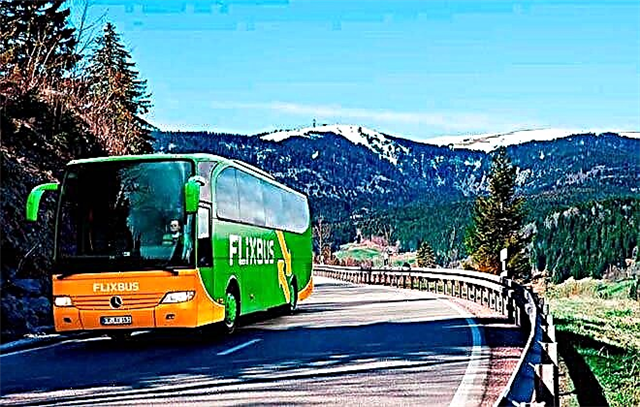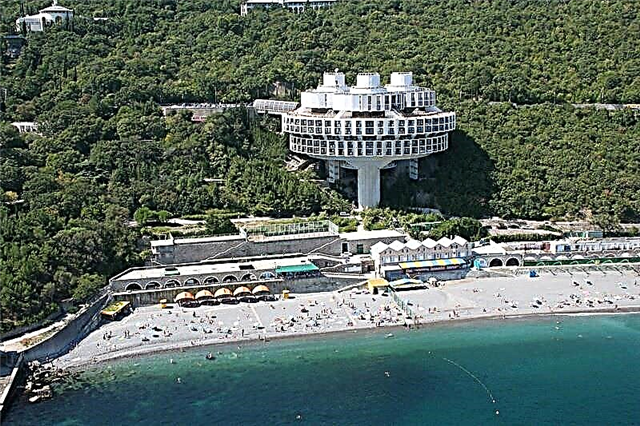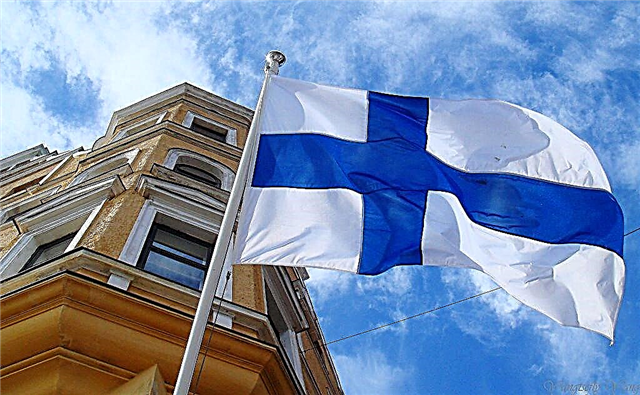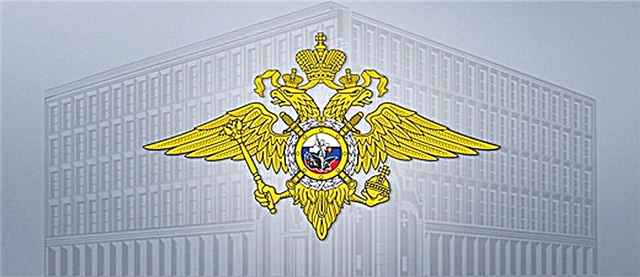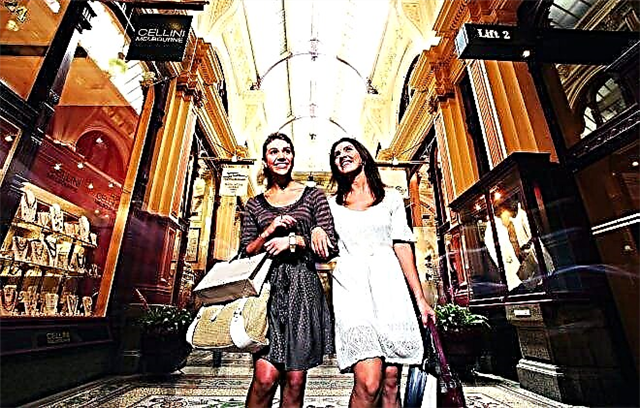Museum Island in Berlin is a UNESCO World Heritage Site. It is not a separate geographical feature, but only the northern tip of the Spreeinsel Island. All buildings of the museum complex are architectural monuments. The collections collected in museums also impress not only connoisseurs of history and culture.

Historical background
The first public museum in Prussia and the first museum on the island was the Old Museum, erected in 1830.
- In 1859, the building of the Prussian Royal Museum (today the New Museum) appeared.
- In 1876 the National Gallery was added to the complex.
- The Bode Museum, which opened in 1904, immediately bore the name of Kaiser Friedrich (it was renamed only in 1960).
- And in 1930, the building of the Pergamon Museum was erected on the island.
Museum Island has become the center of science and art in the German capital. Back in the 1870s, it was thanks to this complex that Prussia claimed the place of the cultural European capital along with the main cities of France and Great Britain.
In 1880, a conference of museum directors took place, where it was decided to place only exhibits and works of "high art" on the Museum Island. In those days, the art of the Middle East and Europe was considered as such.
During the war years, the museum complex was destroyed by 70%. The island was cleaned up for several decades.
Attractions of the island
There are five diverse museums on the island, so each of them is worth a visit. All museums on the Museum Island (in German: Museumsinsel) are part of the Berlin State Museums Association, which is an institution of the Prussian Cultural Heritage Foundation.
Berlin Cathedral is just a few steps away and is also worth a visit.
Berlin Cathedral
The baroque cathedral was built over 11 years (1894-1905). It was to become the court church of the then ruling Hohenzollern dynasty. It was built on the site of the cathedral, the author of which was Karl Schinkel. The emperor did not like the previous church - he decided that it lacked grandeur.
Outside, the walls of the Cathedral are decorated with stucco, inside there is a very bright and beautiful decoration, many sculptures and columns. Stained glass windows and paintings on biblical themes are impressive.
An observation deck is located under the dome, from where a wonderful view of the German capital opens up.
Inside the cathedral is the tomb of the members of the Hohenzollern dynasty, for this reason, silence must be observed here.
It is worth paying attention to the organ - the creation of one of the most famous German masters, Wilhelm Sauer.
In front of the church, there is a beautiful park called the "Park of Desires". There is a fountain in the center surrounded by beautiful lawns.

Wilhelm von Bode Museum
By the second half of the 19th century, Austria had amassed rich art collections. Then, surrounded by Frederick III, the idea of opening an art museum began to arise, where residents of the country could get acquainted with the culture of their country and enjoy the masterpieces of world art.
The first exposition of the museum includes:
- Sculptural collection,
- collection of Byzantine art,
- Coin cabinet,
- 150 works from the collection of the Art Gallery.
The art critic Wilhelm von Bode, who became the first director of the museum, significantly expanded this collection.
The building was completed in just 7 years. The opening took place on the birthday of Frederick III - in October 1904. True, the mastermind himself did not live up to this moment, having died in 1888.
The concept of the museum belongs to Bode. Each hall, located on an area of 6,000 square meters, represents a particular era.
Those who have crossed the threshold of this museum for the first time may get confused, because the transverse cases create an intricate line.
Immediately behind the foyer is the Great Domed Hall with huge flights of stairs. There is a copy of a statue of the Great Elector riding on a horse.
This is followed by the Kameke Hall, which is famous for its beautiful statues.
Then comes the basilica with multicolored sculptures covered with glaze. Here you can see a Florentine altarpiece in the Italian Renaissance style.
The small domed hall is the final one. Its main decoration is a marble statue of Frederick the Great and his generals.
The Rococo staircase is also impressive.
Pergamon Museum
Pergamon (German Pergamonmuseum) is the most visited museum in Germany. It owes its name to the Pergamon Altar, for which the first museum building was erected. The altar is dedicated to Zeus, and was found in Turkey on the territory of the ancient city of Pergamum (now Bergama).
There are three main expositions in museums:
- antique art - Greece and Rome;
- collection of Western Asian art;
- collection of Islamic art.
A wide variety of exhibits are presented here: architecture, sculpture, painting, mosaics, wood and stone carvings, objects of the Islamic world and much more.
Pergamon is the only museum in the world to display monumental exhibits.
The tour is more like a time machine. The visitor will be able, for example, to look at the Ishtar gate and go through them to the Road of Marduk, as well as walk along the Jericho walls, pass through the Miletus gate.
Kept within the walls of Pergamon and the treasure of Troy.
The Central Asian exposition alone is represented by more than two hundred exhibits from Syria, Anatolia, Mesopotamia. For a hike to Pergamon it is worth setting aside a whole day.
Berlin National Gallery
The Old National Gallery is called the Treasure of Museum Island. After World War II, the building was completely restored only in 2001. The restorers have managed to preserve its original appearance.
The interiors were changed: new halls appeared on the upper floor, where exhibits from the Romantic era are presented. In 2021, the Colonnaded Courtyard was opened in front of the gallery entrance.
In the National Gallery, you can see exhibits from different eras: classicism, romanticism, impressionism and early modernism.
Painting by German masters of the 18th – early 20th centuries is presented in detail. There are not very many sculptural works, but they are all remarkable.
It takes a lot of time to view the entire exposition, but there is no need to rush. After all, you can see the masterpieces of Cezanne, Pissarro, Degas, Delacroix, Monet, Van Gogh, as well as Max Beckmann, Max Liebermann.
New Museum on the Island
The new museum occupies three floors. It houses objects that tell about millennia of history. The exposition allows you to see in all details the peculiarities of the interaction of ancient civilizations and their role in the world relations of the greatest empires.
The building was completely destroyed during the Second World War. Today the museum has been restored, and only some of its parts are reminiscent of the bombing.
Here are the expositions of two museums:
- State Egyptian Museum,
- Museum of Prehistoric and Early History.
The visitor will be able to see a collection of papyri, armor of Roman soldiers, household items of the pharaohs of ancient Egypt and other unique artifacts.
The main asset is the bust of Nefertiti, the ancient Egyptian queen, which dates back to the XIV century BC. NS. This bust is recognized as the most beautiful in the world.
It is prohibited to photograph him.
The Egyptian Museum has not only the original, but also an exact copy of the bust of Nefertiti, made of metal - especially for visually impaired and blind people.
Of interest are other objects that belong to different time periods: the New Stone, Bronze and Stone Ages, the early Middle Ages, the Renaissance and the present.
There are even Neanderthal skulls, "Priam's treasures" and other cult items.
All items are displayed in chronological order. There are plates with a brief description next to each exhibit.Tours are conducted in German and English.
Royal or Old Museum
The Old Museum is an art museum in Berlin, which was called the Royal Museum until 1845. It is indeed the oldest on the Museum Island. His collection includes art objects from Ancient Greece and Rome.
The entrance to the premises is original. Equestrian statues greeted the visitors. There is a huge granite bowl by Schinkel right in front of the building. It weighs 76 tons and has a diameter of 7 meters.
The building was badly damaged during the Second World War. It was restored in 1966.
However, the collection also decreased during the war years. Some of the exhibits were taken to West Germany and the Soviet Union, some were stolen by looters. Over time, many values returned to the museum collection.
How museums work, ticket prices
There is a special Berlin Pass that allows you not only to visit some of the exhibitions on the island free of charge, but also to use the city's public transport. Entrance tickets can be purchased both for individual and for all objects of the Museum Island, and even for all state museums.
A single ticket to Museum Island for 1 day for an adult costs 18 euros, for children (6-14 years old) - 9 euros.
For more information, you should visit the official website of the Museum Island.
| Museum | Ticket price, euro | Working hours |
|---|---|---|
| Bode Museum | adult - 10 children - 5 | TUE-SUN - from 10.00 to 18.00 Thu - until 22.00 Mon - day off |
| Pergamon | adult - 12 children - 6 | Thu - from 10.00 to 20.00 Other days - from 10.00 to 18.00 |
| Old National Gallery | adult - 10 children - 5 | TUE-SUN - from 10.00 to 18.00 Thu - until 20.00 Mon - day off |
| New museum | adult - 12 children - 6 | Mon-Sun - from 10.00 to 18.00 Thu - until 20.00 |
| Old museum | adult - 10 children - 5 | TUE-SUN - from 10.00 to 18.00 Thu - until 20.00 Mon - day off |
How to get to Museum Island
The Museum Island in Berlin is located in the very center of the capital. It will not be difficult to get to it by public transport from any part of the city. A railway line runs right through the island, but there is no stopping station. However, walking to the island from the nearest stops is only 5 minutes:
- metro: Friedrichstraße (line U6);
- city train (S-Bahn): Friedrichstraße (S1, S2, S25) or Hackescher Markt (S5, S7, S75);
- tram: Hackescher Markt (M4, M5, M6) and Am Kupfergraben (M1, 12);
- bus: Lustgarten (No. 100, No. 200), Friedrichstraße (No. 147), Staatsoper (TXL - bus to Tegel airport).
Other sights of Berlin
The Museum of Contemporary Art in Berlin will be appreciated by lovers of conceptual art movements. Here are not just landscapes and still lifes, but also shocking installations, unusual photographs, posters. The museum is located in the building of an old dead-end railway station.
- Madame Tussaud's Wax Museum is one of the most amazing places in the German capital. The 2,500 square meter building is located near the Brandenburg Gate.
- The Berlin Reichstag looks presentable and solemn.
- The architectural ensemble Alexanderplatz combines pre-war buildings with modern buildings.
- Berlin Opera is one of the oldest buildings in Berlin.
- The cultural center Kultforum includes the picture gallery, the New National Gallery, the Engraving Office, the Berlin Philharmonic.
- Treptow Park, where a memorial to Soviet soldiers-liberators was opened.
- Unter den Linden - a street of palaces, museums and squares, it is called "Berlin Broadway".
- Charlottenburg is the greatest architectural monument.
Finally
Museum Island in Berlin is a complex of the most interesting museums. There are expositions for every taste. The most unique is Pergamon. It attracts with its monumental exhibits such as the Ishtar Gate, the Jericho Wall and others.
The Bode Museum contains unique old art collections that were collected in Austria by the second half of the 19th century.
In the Old Museum you can see unique artifacts of Ancient Greece and Rome, and in the New Museum you can see the legendary bust of Nefertiti. Works from several eras are collected in the Old National Gallery.
It is difficult to inspect all expositions in one day. You will have to visit Museum Island for several days, but it is worth it.
Detailed information about the work and expositions of the museum complex is presented on the official website.

